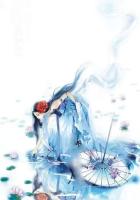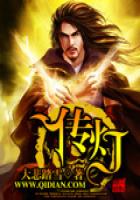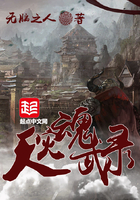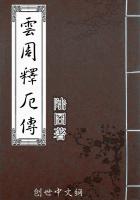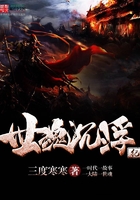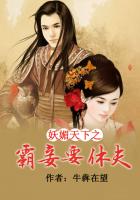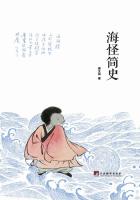ARCHITECTURAL SYMBOLISM
I WAS once rash enough to suggest in an essay "On Symbolism in Art"[1]
that "a true work of art is at once realistic, imaginative, and symbolical,"and that its aim is to make manifest the spiritual significance of the natural objects dealt with. I trust that those artists (no doubt many) who disagree with me will forgive me--a man of science--for having ventured to express any opinion whatever on the subject.
But, at any rate, if the suggestions in question are accepted, then a criterion for distinguishing between art and craft is at once available;for we may say that, whilst craft aims at producing works which are physically useful, art aims at producing works which are spiritually useful.
Architecture, from this point of view, is a combination of craft and art. It may, indeed, be said that the modern architecture which creates our dwelling-houses, factories, and even to a large extent our places of worship, is pure craft unmixed with art.
On the other hand, it might be argued that such works of architecture are not always devoid of decoration, and that "decorative art,"even though the "decorative artist" is unconscious of this fact, is based upon rules and employs symbols which have a deep significance.
The truly artistic element in architecture, however, is more clearly manifest if we turn our gaze to the past. One thinks at once, of course, of the pyramids and sphinx of Egypt, and the rich and varied symbolism of design and decoration of antique structures to be found in Persia and elsewhere in the East. It is highly probable that the Egyptian pyramids were employed for astronomical purposes, and thus subserved physical utility, but it seems no less likely that their shape was suggested by a belief in some system of geometrical symbolism, and was intended to embody certain of their philosophical or religious doctrines.
[1] Published in _The Occult Review_ for August 1912, vol. xvi. pp.
98 to 102.
The mediaeval cathedrals and churches of Europe admirably exhibit this combination of art with craft. Craft was needed to design and construct permanent buildings to protect worshippers from the inclemency of the weather; art was employed not only to decorate such buildings, but it dictated to craft many points in connection with their design.
The builders of the mediaeval churches endeavoured so to construct their works that these might, as a whole and in their various parts, embody the truths, as they believed them, of the Christian religion:
thus the cruciform shape of churches, their orientation, etc.
The practical value of symbolism in church architecture is obvious.
As Mr F. E. HULME remarks, "The sculptured fonts or stained-glass windows in the churches of the Middle Ages were full of teaching to a congregation of whom the greater part could not read, to whom therefore one great avenue of knowledge was closed.
The ignorant are especially impressed by pictorial teaching, and grasp its meaning far more readily than they can follow a written description or a spoken discourse."[1]
[1] F. EDWARD HULME, F.L.S., F.S.A.: _The History, Principles, and Practice of Symbolism in Christian Art_ (1909), p. 2.
The subject of symbolism in church architecture is an extensive one, involving many side issues. In these excursions we shall consider only one aspect of it, namely, the symbolic use of animal forms in English church architecture.
As Mr COLLINS, who has written, in recent years, an interesting work on this topic of much use to archaeologists as a book of data,[2a]
points out, the great sources of animal symbolism were the famous _Physiologus_ and other natural history books of the Middle Ages (generally called "Bestiaries"), and the Bible, mystically understood.
The modern tendency is somewhat unsympathetic towards any attempt to interpret the Bible symbolically, and certainly some of the interpretations that have been forced upon it in the name of symbolism are crude and fantastic enough. But in the belief of the mystics, culminating in the elaborate system of correspondences of SWEDENBORG, that every natural object, every event in the history of the human race, and every word of the Bible, has a symbolic and spiritual significance, there is, I think, a fundamental truth. We must, however, as I have suggested already, distinguish between true and forced symbolism.
The early Christians employed the fish as a symbol of Christ, because the Greek word for fish, icqus, is obtained by _notariqon_[1]
from the phrase <gr 'Ihsous Cristos Qeou Uios, Swthr>--"JESUS CHRIST, the Son of God, the Saviour." Of course, the obvious use of such a symbol was its entire unintelligibility to those who had not yet been instructed in the mysteries of the Christian faith, since in the days of persecution some degree of secrecy was necessary. But the symbol has significance only in the Greek language, and that of an entirely arbitrary nature.
There is nothing in the nature of the fish, apart from its name in Greek, which renders it suitable to be used as a symbol of CHRIST. Contrast this pseudo-symbol, however, with that of the Good Shepherd, the Lamb of God (fig. 34), or the Lion of Judah. Here we have what may be regarded as true symbols, something of whose meanings are clear to the smallest degree of spiritual sight, even though the second of them has frequently been badly misinterpreted.
[2a] ARTHUR H. COLLINS, M.A.: _Symbolism of Animals and Birds represented in English Church Architecture_ (1913).
[1] A Kabalistic process by which a word is formed by taking the initial letters of a sentence or phrase.
It was a belief in the spiritual or moral significance of nature similar to that of the mystical expositors of the Bible, that inspired the mediaeval naturalists.
The Bestiaries almost invariably conclude the account of each animal with the moral that might be drawn from its behaviour.





